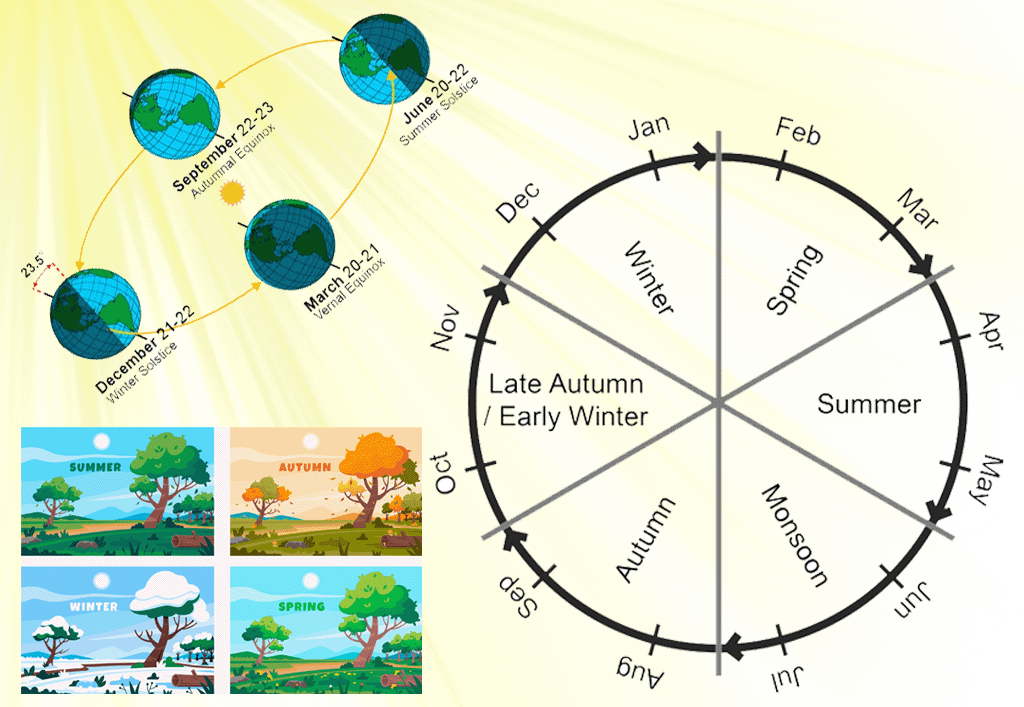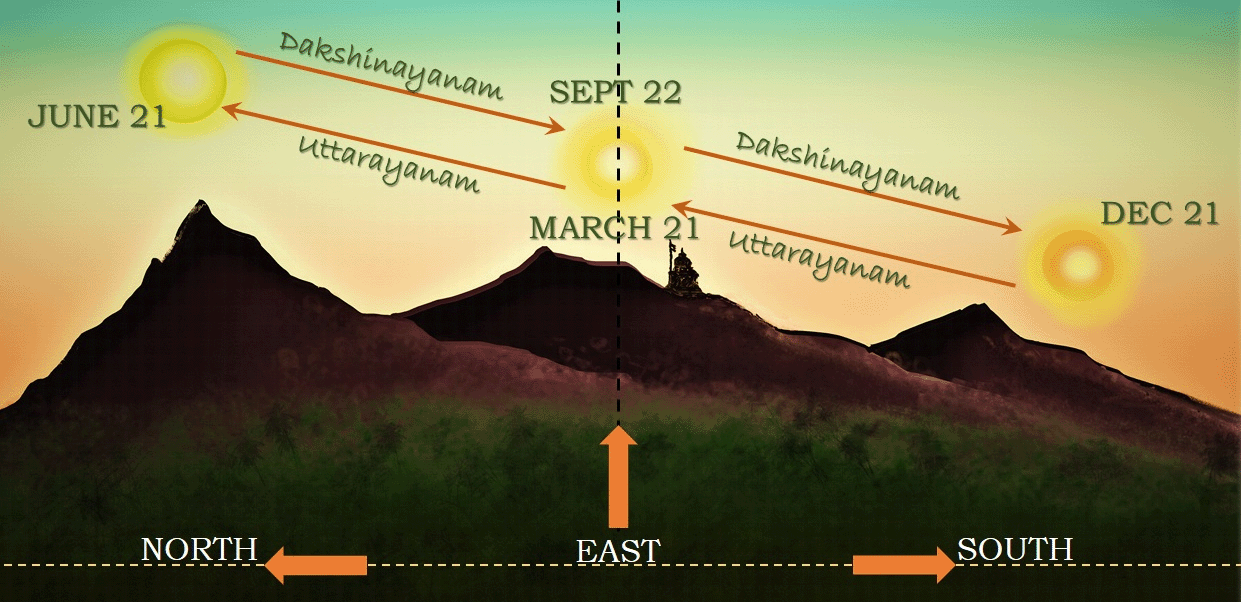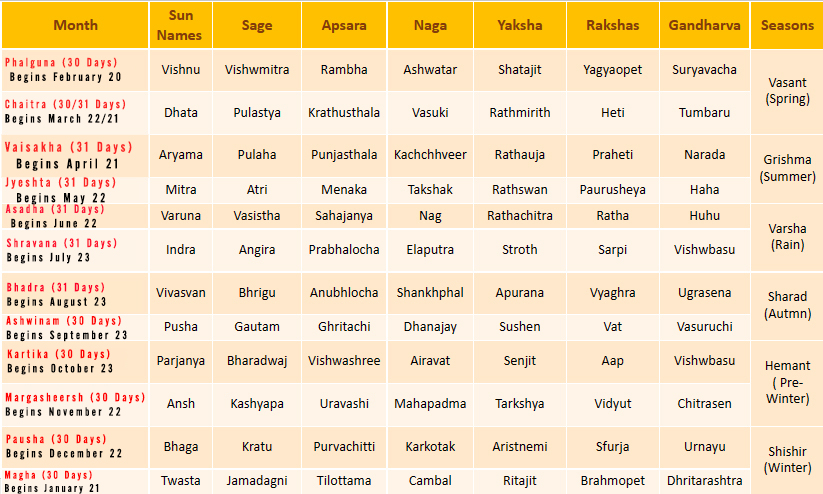Warning: Undefined variable $symbol3 in /home2/puranja1/public_html/wp-content/plugins/premium-addons-for-elementor/includes/pa-display-conditions/mobile-detector.php on line 1
Warning: Undefined variable $symbol1 in /home2/puranja1/public_html/wp-content/plugins/premium-addons-for-elementor/includes/pa-display-conditions/mobile-detector.php on line 1
Warning: Undefined variable $symbol3 in /home2/puranja1/public_html/wp-content/plugins/premium-addons-for-elementor/includes/pa-display-conditions/mobile-detector.php on line 1
Warning: Undefined variable $symbol3 in /home2/puranja1/public_html/wp-content/plugins/premium-addons-for-elementor/includes/pa-display-conditions/mobile-detector.php on line 1
Warning: Undefined variable $symbol5 in /home2/puranja1/public_html/wp-content/plugins/premium-addons-for-elementor/includes/pa-display-conditions/mobile-detector.php on line 1
Warning: Undefined variable $symbol5 in /home2/puranja1/public_html/wp-content/plugins/premium-addons-for-elementor/includes/pa-display-conditions/mobile-detector.php on line 1
Warning: Undefined variable $symbol7 in /home2/puranja1/public_html/wp-content/plugins/premium-addons-for-elementor/includes/pa-display-conditions/mobile-detector.php on line 1
Warning: Undefined variable $symbol11 in /home2/puranja1/public_html/wp-content/plugins/premium-addons-for-elementor/includes/pa-display-conditions/mobile-detector.php on line 1
Warning: Undefined variable $symbol5 in /home2/puranja1/public_html/wp-content/plugins/premium-addons-for-elementor/includes/pa-display-conditions/mobile-detector.php on line 1
Warning: Undefined variable $symbol3 in /home2/puranja1/public_html/wp-content/plugins/premium-addons-for-elementor/includes/pa-display-conditions/mobile-detector.php on line 1
Warning: Undefined variable $symbol6 in /home2/puranja1/public_html/wp-content/plugins/premium-addons-for-elementor/includes/pa-display-conditions/mobile-detector.php on line 1
Warning: Undefined variable $symbol4 in /home2/puranja1/public_html/wp-content/plugins/premium-addons-for-elementor/includes/pa-display-conditions/mobile-detector.php on line 1
Warning: Undefined variable $symbol11 in /home2/puranja1/public_html/wp-content/plugins/premium-addons-for-elementor/includes/pa-display-conditions/mobile-detector.php on line 1
Warning: Undefined variable $symbol1 in /home2/puranja1/public_html/wp-content/plugins/premium-addons-for-elementor/includes/pa-display-conditions/mobile-detector.php on line 1
Warning: Undefined variable $symbol5 in /home2/puranja1/public_html/wp-content/plugins/premium-addons-for-elementor/includes/pa-display-conditions/mobile-detector.php on line 1
Warning: Undefined variable $symbol11 in /home2/puranja1/public_html/wp-content/plugins/premium-addons-for-elementor/includes/pa-display-conditions/mobile-detector.php on line 1
Warning: Undefined variable $symbol5 in /home2/puranja1/public_html/wp-content/plugins/premium-addons-for-elementor/includes/pa-display-conditions/mobile-detector.php on line 1
Warning: Undefined variable $symbol10 in /home2/puranja1/public_html/wp-content/plugins/premium-addons-for-elementor/includes/pa-display-conditions/mobile-detector.php on line 1
Warning: Undefined variable $symbol3 in /home2/puranja1/public_html/wp-content/plugins/premium-addons-for-elementor/includes/pa-display-conditions/mobile-detector.php on line 1
Warning: Undefined variable $symbol5 in /home2/puranja1/public_html/wp-content/plugins/premium-addons-for-elementor/includes/pa-display-conditions/mobile-detector.php on line 1
Warning: Undefined variable $symbol10 in /home2/puranja1/public_html/wp-content/plugins/premium-addons-for-elementor/includes/pa-display-conditions/mobile-detector.php on line 1
Warning: Undefined variable $symbol3 in /home2/puranja1/public_html/wp-content/plugins/premium-addons-for-elementor/includes/pa-display-conditions/mobile-detector.php on line 1
Warning: Undefined variable $symbol1 in /home2/puranja1/public_html/wp-content/plugins/premium-addons-for-elementor/includes/pa-display-conditions/mobile-detector.php on line 1
Warning: Undefined variable $symbol12 in /home2/puranja1/public_html/wp-content/plugins/premium-addons-for-elementor/includes/pa-display-conditions/mobile-detector.php on line 1
Warning: Undefined variable $symbol5 in /home2/puranja1/public_html/wp-content/plugins/premium-addons-for-elementor/includes/pa-display-conditions/mobile-detector.php on line 1
Warning: Undefined variable $symbol3 in /home2/puranja1/public_html/wp-content/plugins/premium-addons-for-elementor/includes/pa-display-conditions/mobile-detector.php on line 1
Warning: Undefined variable $symbol3 in /home2/puranja1/public_html/wp-content/plugins/premium-addons-for-elementor/includes/pa-display-conditions/mobile-detector.php on line 1
Warning: Undefined variable $symbol3 in /home2/puranja1/public_html/wp-content/plugins/premium-addons-for-elementor/includes/pa-display-conditions/mobile-detector.php on line 1
Warning: Undefined variable $symbol13 in /home2/puranja1/public_html/wp-content/plugins/premium-addons-for-elementor/includes/pa-display-conditions/mobile-detector.php on line 1
Warning: Undefined variable $symbol3 in /home2/puranja1/public_html/wp-content/plugins/premium-addons-for-elementor/includes/pa-display-conditions/mobile-detector.php on line 1
Warning: Undefined variable $symbol5 in /home2/puranja1/public_html/wp-content/plugins/premium-addons-for-elementor/includes/pa-display-conditions/mobile-detector.php on line 1
Warning: Undefined variable $symbol5 in /home2/puranja1/public_html/wp-content/plugins/premium-addons-for-elementor/includes/pa-display-conditions/mobile-detector.php on line 1
Warning: Undefined variable $symbol1 in /home2/puranja1/public_html/wp-content/plugins/premium-addons-for-elementor/includes/pa-display-conditions/mobile-detector.php on line 1
Warning: Undefined variable $symbol5 in /home2/puranja1/public_html/wp-content/plugins/premium-addons-for-elementor/includes/pa-display-conditions/mobile-detector.php on line 1
Warning: Undefined variable $symbol11 in /home2/puranja1/public_html/wp-content/plugins/premium-addons-for-elementor/includes/pa-display-conditions/mobile-detector.php on line 1
Warning: Undefined variable $symbol5 in /home2/puranja1/public_html/wp-content/plugins/premium-addons-for-elementor/includes/pa-display-conditions/mobile-detector.php on line 1
Warning: Undefined variable $symbol3 in /home2/puranja1/public_html/wp-content/plugins/premium-addons-for-elementor/includes/pa-display-conditions/mobile-detector.php on line 1
Warning: Undefined variable $symbol5 in /home2/puranja1/public_html/wp-content/plugins/premium-addons-for-elementor/includes/pa-display-conditions/mobile-detector.php on line 1
Warning: Undefined variable $symbol2 in /home2/puranja1/public_html/wp-content/plugins/premium-addons-for-elementor/includes/pa-display-conditions/mobile-detector.php on line 1
Warning: Undefined variable $symbol3 in /home2/puranja1/public_html/wp-content/plugins/premium-addons-for-elementor/includes/pa-display-conditions/mobile-detector.php on line 1
Warning: Undefined variable $symbol13 in /home2/puranja1/public_html/wp-content/plugins/premium-addons-for-elementor/includes/pa-display-conditions/mobile-detector.php on line 1
Warning: Undefined variable $symbol3 in /home2/puranja1/public_html/wp-content/plugins/premium-addons-for-elementor/includes/pa-display-conditions/mobile-detector.php on line 1
Warning: Undefined variable $symbol2 in /home2/puranja1/public_html/wp-content/plugins/premium-addons-for-elementor/includes/pa-display-conditions/mobile-detector.php on line 1



